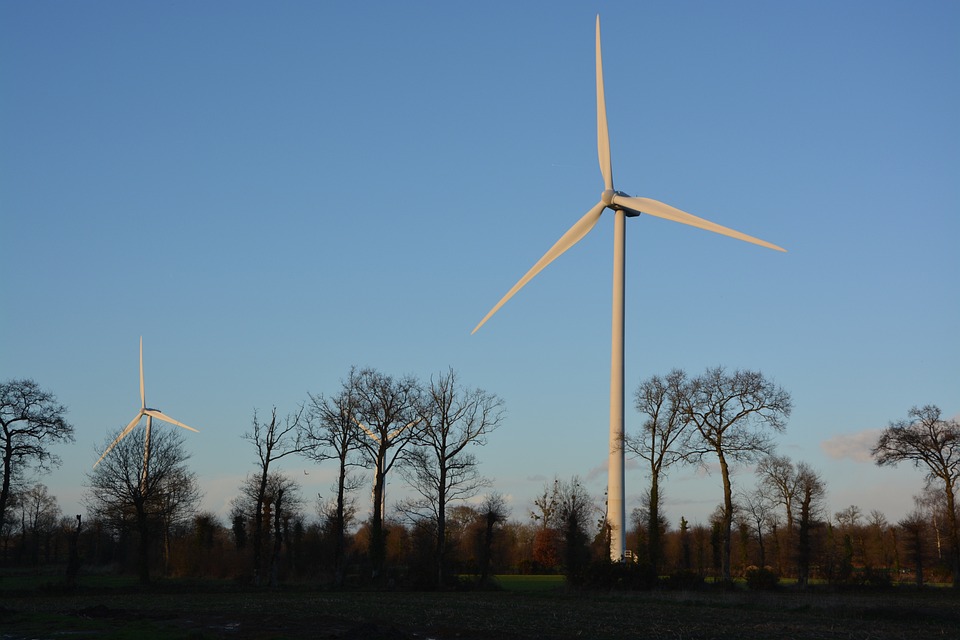[ad_1]
Retrofitting Your Home for Energy Efficiency: A Step-by-Step Guide
In recent years, there has been a growing awareness of the importance of energy efficiency in our homes. As the world grapples with the effects of climate change and rising energy costs, more and more homeowners are looking for ways to reduce their energy consumption and lower their utility bills. Retrofitting your home for energy efficiency is a great way to achieve these goals, and it can also increase the value of your property.
In this article, we will discuss the various ways in which you can retrofit your home for energy efficiency, from simple changes you can make yourself, to more involved projects that may require professional help. We will also address some frequently asked questions about retrofitting for energy efficiency.
1. Conduct an Energy Audit
Before you begin retrofitting your home for energy efficiency, it’s important to first conduct an energy audit. This will help you identify areas where energy is being wasted and prioritize the improvements that will have the biggest impact. There are several ways to conduct an energy audit, including hiring a professional to perform a comprehensive assessment of your home, or utilizing DIY tools like thermal imaging cameras and home energy monitors.
2. Replace Inefficient Appliances
One of the most effective ways to improve the energy efficiency of your home is to replace old, inefficient appliances with newer, more energy-efficient models. This includes things like refrigerators, dishwashers, washing machines, and water heaters. Look for appliances with an Energy Star rating, which indicates that they meet or exceed the energy efficiency standards set by the U.S. Environmental Protection Agency.
3. Upgrade to Energy-Efficient Lighting
Another easy and cost-effective way to improve the energy efficiency of your home is to replace traditional incandescent light bulbs with energy-efficient LED or CFL bulbs. These types of bulbs use significantly less energy and last much longer than traditional bulbs, which can result in substantial energy savings over time.
4. Seal Air Leaks
Air leaks in your home can be a major source of energy loss, as they allow warm air to escape in the winter and cool air to escape in the summer. Common areas where air leaks occur include around windows and doors, as well as in the attic and basement. Sealing these leaks with weatherstripping, caulk, and insulation can help improve your home’s energy efficiency and reduce your heating and cooling costs.
5. Upgrade Insulation
Insufficient insulation can also contribute to energy loss in your home, especially in older properties. Adding or upgrading insulation in your walls, attic, and basement can help reduce heat transfer and improve the overall energy efficiency of your home.
6. Install Energy-Efficient Windows
Replacing old, single-pane windows with new, energy-efficient models can also have a big impact on your home’s energy efficiency. Energy-efficient windows are designed to minimize heat transfer and reduce drafts, which can help keep your home comfortable and reduce your heating and cooling costs.
7. Consider Renewable Energy Sources
If you’re looking to take your home’s energy efficiency to the next level, you may want to consider investing in renewable energy sources like solar panels or wind turbines. While these options may require a larger upfront investment, they can help significantly reduce your reliance on traditional energy sources and lower your energy bills over time.
Frequently Asked Questions
Q: How much does it cost to retrofit a home for energy efficiency?
A: The cost of retrofitting your home for energy efficiency will depend on the size of your home, the improvements you choose to make, and whether you do the work yourself or hire professionals. While some improvements, like replacing light bulbs and weatherstripping, are relatively inexpensive, larger projects like upgrading insulation or installing solar panels can be more costly. However, many energy-efficient improvements offer a return on investment in the form of lower energy bills and increased property value.
Q: Can I retrofit my home for energy efficiency on my own?
A: Many energy-efficient improvements can be completed by homeowners themselves, especially smaller projects like replacing light bulbs, weatherizing windows and doors, and adding insulation. However, some improvements may require professional help, particularly if they involve electrical or structural work. It’s always a good idea to consult with a professional before undertaking any major retrofitting projects.
Q: How long does it take to see a return on investment from energy-efficient improvements?
A: The time it takes to see a return on investment from energy-efficient improvements will vary depending on the size and cost of the improvements, as well as your energy usage and the efficiency of the improvements you make. In general, most energy-efficient improvements offer a return on investment within a few years and continue to provide energy savings for many years to come.
In conclusion, retrofitting your home for energy efficiency is a wise investment that can help reduce your energy consumption, lower your utility bills, and increase the value of your property. By following the steps outlined in this article and consulting with professionals as needed, you can make your home more comfortable, sustainable, and cost-effective for years to come.
[ad_2]



